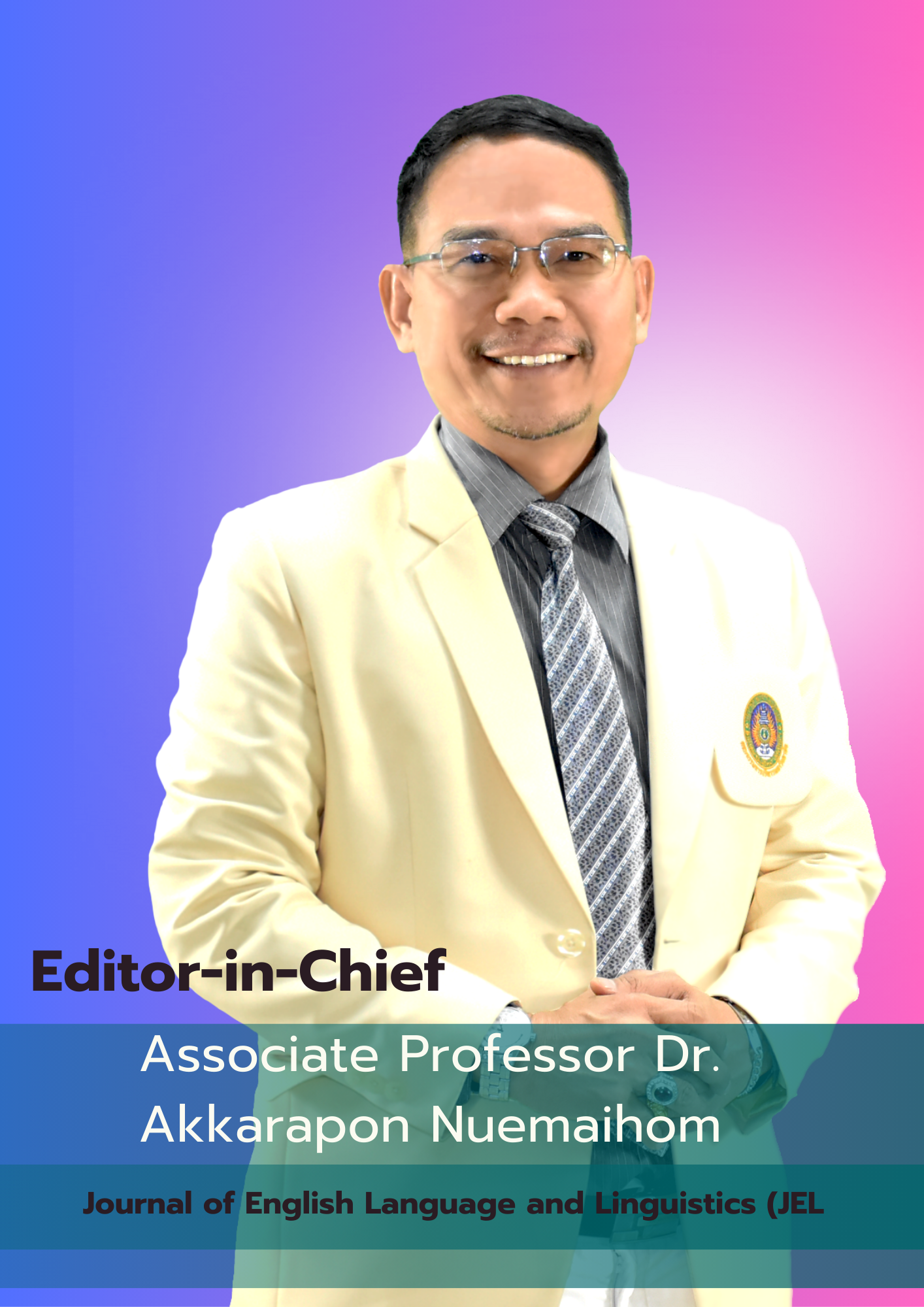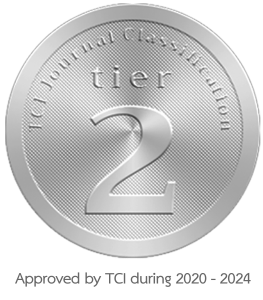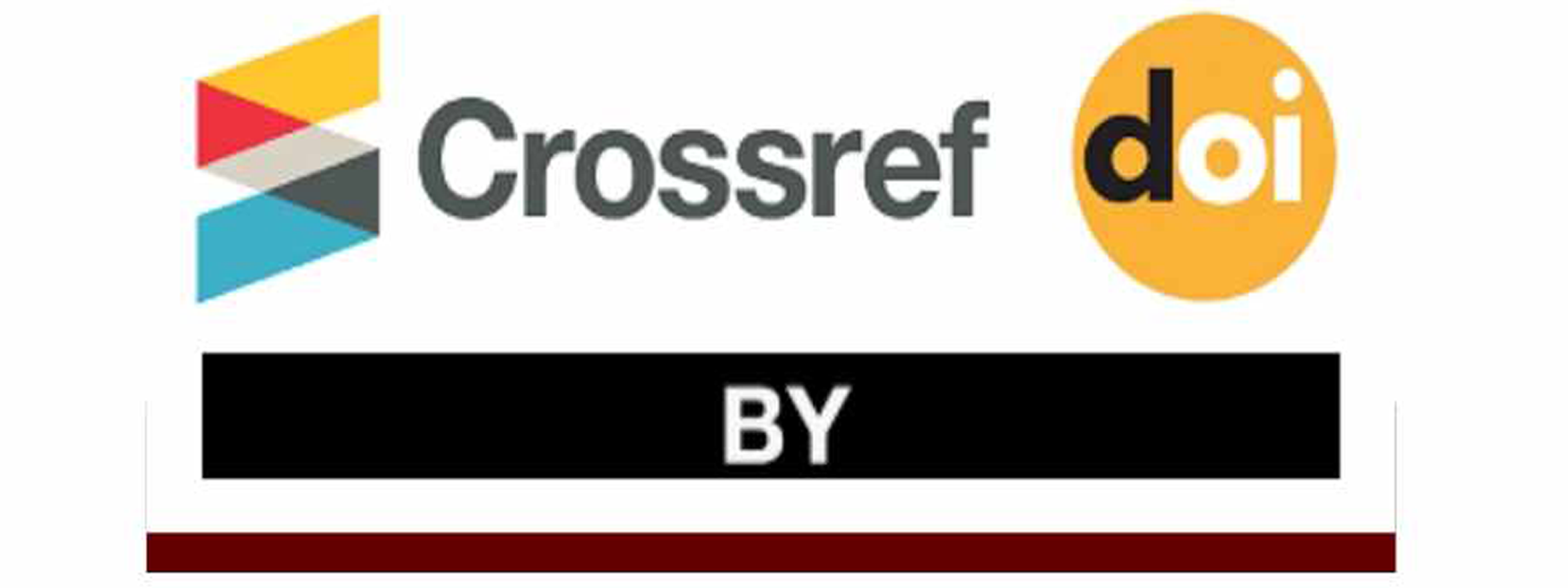English Language: The Speaking Fluency of Primary Thai Students
DOI:
https://doi.org/10.62819/jel.2024.283Keywords:
English language, primary Thai students, speaking fluencyAbstract
In today's interconnected world, English fluency is a crucial skill that transcends cultural and geographical boundaries for Thai university students. This article explored the challenges they faced in achieving spoken English fluency by addressing linguistic, psychological, and pedagogical factors. The differences in pronunciation, intonation, sentence structure, and alphabet between Thai and English are barriers to overcome. Traditional lecture-centric approaches may hinder conversational skills, and class size limits personalized attention. It also advocates communicative teaching methods, emphasizing language as a dynamic tool for communication. Genuine linguistic interactions with native speakers can be facilitated through language exchange programs and cafés. Fluency is enhanced by multimedia such as movies, TV shows, and podcasts, but authentic English exposure is hindered by Thai-dubbed movies. The transformation of learning environments into supportive spaces, where mistakes are embraced as opportunities for growth, is crucial. Constructive feedback and collaborative activities foster confidence. In conclusion, this article aimed to guide educators and students by addressing challenges and proposing solutions. As communication across the globe grows, improving spoken English is both a personal achievement and a contribution to society.
References
Baron, N. S. (2015). Words onscreen: The fate of reading in a digital world (1st ed.). Oxford University Press.
Berry, J. W. (2003). Conceptual approaches to acculturation. In K. Chun, P. Balls-Organista, & G. Martin (Eds.), Acculturation: Advances in theory, measurement, and applied research (pp. 17-37). Washington DC: American Psychological Association Press. http://dx.doi.org/10.1037/10472-004
Brown, H. D. (2007). Principles of language learning and teaching. Pearson Education.
Deci, E. L., & Ryan, R. M. (2000). The “what” and “why” of goal pursuits: Human needs and the self-determination of behavior. Psychological Inquiry, 11(4), 227–268. https://doi.org/10.1207/S15327965PLI1104_01
Gass, S. M., & Mackey, A. (2000). Stimulated recall methodology in second language research (1st ed.). Routledge. https://doi.org/10.4324/9781410606006
Genesee, F. H. (2009). Early childhood bilingualism: Perils and possibilities. Journal of Applied Research on Learning, 2(Special Issue), 1–21, Article 2.
Hart, B., & Risley, T. R. (1995). Meaningful differences in the everyday experience of young American children. Paul H. Brookes Publishing.
Hoff, E. (2006). How social contexts support and shape language development. Developmental Review, 26(1), 55 88. https://doi.org/10.1016/j.dr.2005.11.002
Hornberger, N. H. (2002). Multilingual language policies and the continua of biliteracy: An ecological approach. Language Policy, 1(1), 27-51. https://doi.org/10.1023/A:1014548611951
Kachru, B. B. (1992). The other tongue: English across cultures. University of Illinois Press.
Katz, Y., & Porat, R. (2018). Hey Siri: An examination of speech activated virtual assistants, 29, 663–676. https://www.nature.com/npjscilearn/
Kaur, A., Young, D., & Kirkpatrick, R. (2016). English education policy in Thailand: Why the poor results? In R. Kirkpatrick (Ed.), English language education policy in Asia. Language policy, 11, 345–361. Springer. https://doi.org/10.1007/978-3-319-22464-0_16
Kenter, J. O. (2016). Editorial: Shared, plural and cultural values. Ecosystem Services, 21, 175–183. https://doi.org/10.1016/j.ecoser.2016.10.010
Kim, S. (2017). Challenges in achieving spoken English fluency: A study of Thai university students. Language Education Research Journal, 25(2), 211–221.
Krongkaew, M., & Singhaseni, S. (2013). A comparative study of English language teacher recruitment, in-service education, and retention in Thailand and Singapore. Thammasat Review, 33(2), 235–238.
Kumaravadivelu, B. (2006, July). Plenary address delivered at the Applied Linguistic Association of Australia International Conference, Brisbane, Australia, 5–8. "(Ex)tensions: The cultural Logic of the Global and the Local." [Conference session].
Kumaravadivelu, B. (2008). Cultural globalization and language education. The Asian EFL.
Lee, C. (2011). Cultural influences on language acquisition: A study of Thai students. Journal of Language and Culture, 8(1), 87–107.
Menken, K., & Garcia, O. (Eds.). (2010). Negotiating language policies in schools: Educators as policymakers (1st ed.). Routledge. https://doi.org/10.4324/9780203855874
Ministry of Education. (2010). Strategies for English language reform for enhancing Thailand’s competition level (2006–2010). http://www.moe.go.th/web_studyenglish/plan.html
Phillipson, R. (1992). Linguistic imperialism. Oxford University Press.
Schulz, R. A. (2001). Cultural differences in student and teacher perceptions concerning the role of grammar instruction and corrective feedback: USA-Colombia. The Modern Language Journal, 85(2), 244–258. https://doi.org/10.1111/0026-7902.00107



















